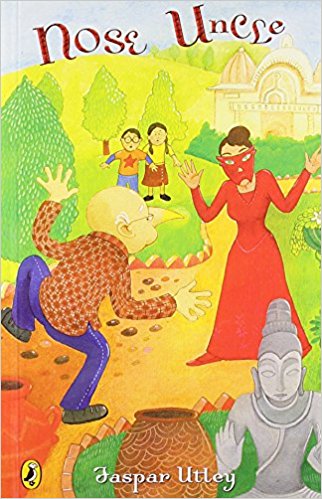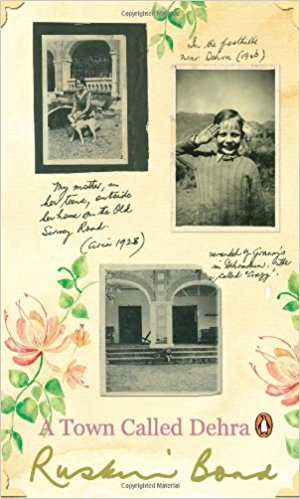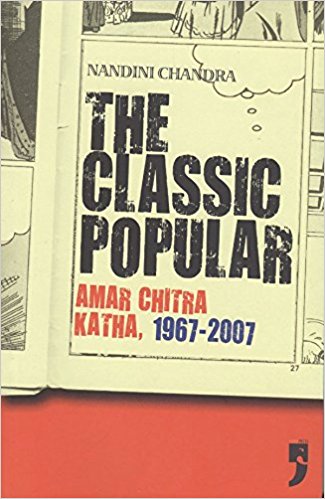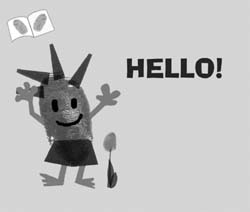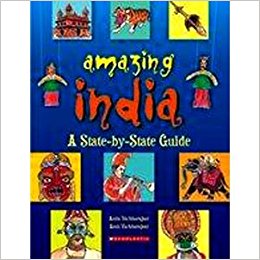This volume edited by T.B. Subba et.al. is a welcome addition to the growing body of literature on Northeast-related studies and enriches our knowledge of Christianity in India. For long, Northeast India, known as the region of ‘seven sisters’ comprising the states of Arunachal, Assam, Manipur, Meghalaya, Mizoram, Nagaland and Tripura and now also Sikkim, did not receive adequate scholarly attention.
Archives
November 2009 . VOLUME 33, NUMBER 11Payal Dhar’s A Shadow in Eternity, The Key of Chaos and The Timeless Land, describe the journey of Maya Subramaniam, a girl of thirteen from Bangalore, to Eternity—a hyper-real land that the author creates as the primary setting for her science-fiction trilogy. Under the care and tutelage of her Watcher, Noah Jarryd,…
2009
It does not take much to guess why the main protagonist of this unusual mystery novel is called Nose Uncle. But unlike most people with outsized honkers, Nose Uncle, whose real name is not disclosed, is proud of his nose and insists on being called ‘Nose Uncle’ and nothing else.
I was simultaneously intrigued and irritated by the title of Sampurna Chattarji’s book—if it were actually funny and freaky and feisty, I suspected, it wouldn’t need to say so on the cover, and the pedant in me insisted that foodie wasn’t an adjective. But it is a beautifully brought out compilation of six separate collections, and the cover has a magnificent cast of peculiar humans, animals and food.
Any book beginning with four 16 year olds in a boarding school reminds you at once of the usual clichés about a detective story—stories of families, bullying teachers, secrets, unhappy classmates et al. But Sen Gupta’ story is different and refreshingly contemporary, almost necessarily so.
Overall, The Mystery of the Secret Hair Oil Formula is an engrossing read. At just under 100 pages, it manages to pack a lot of action and drama and leavens it with a healthy dose of humour that will keep its young readers engaged till the very end.
For a child, the love and presence of both parents means the world. However, often in spite of their love for the child, parents find it difficult to live together and separate or divorce.
A Town called Dehra is an ode to the delightful town, formally known as Dehradun, and those salad times that have long since disappeared. Autobiographical in nature, this collection of memories are evocative of horse-drawn tongas, gramophones and vinyl records and singers of forgotten genres like Nelson Eddy, Gracie Fields and Arthur Tracy.
The northeast in what is unfortunately a little known facet of Indian history formed an important theatre of operations during the Second World War. But this is relatively absent from our history, despite the existence of war memorials dotting the northeast. The northeast by itself is another place—if it makes an appearance in fiction, it does in anthologies of folk tales which feature the usual stereotypes of tribal head-hunters and anthropomorphic gods.
The title of Chandra’s book seems to assume no more credit than that of reviewing the production, distribution and consumption of Amar Chitra Katha during a period of 40 years, but it does much more than that.
‘Give me a piece of paper, any paper and a pen and I shall write as naturally as a bird flies or a fish swims.’ These passionate words were uttered by Vijay Tendulkar, one of the greatest Marathi playwrights, who earned equal accolades in India and abroad.
Published by Tulika, the Thumb Thumb Books series uses everyday contexts and everyday vocabulary to lend confidence to a child beginning to read. These beginner readers are a set of ten colorful books meant to capture the imagination of four year olds (and up), and satisfy their urge to be able to read. The series is created with thumbprint characters.
The first dilemma which confronts the reviewer of any of the multiple retellings of India’s two great epics is the choice of an appropriate yardstick for assessing the book. It would obviously be unfair—indeed, faintly ridiculous—to compare it with the original.
It has been a while since I read a book meant for children and I almost never believe blurbs. So I confess that when Nirmala Sridhar’s book titled The Mysterious Tsunamis promised that it was a ‘geo-thriller’ I was full of suspicion.
2009
The latest in Tulika’s picture book series in multiple languages is Ju’s Story, well-known Malayalam novelist and columnist Paul Zacharia’s warm tale that captures the hidden riches that gild the life of a schoolgirl in an undescribed corner in Kerala.
The eight short stories collated in this book have been culled from Kipling’s two Jungle Books, arguably the best loved stories children read in my generation. Others like the Just So Stories and Kim were also avidly read, but the Jungle Books and Mowgli stories had a special fascination.
When editors start sending one pre-teen books for review, it’s a sign that second childhood is imminent. The Indian Express did it to me not long ago, and now it’s The Book Review’s turn!
2009
Historical fiction usually makes history more interesting and leads the reader into the social fabric of that period. The reader can visualize through the descriptive passages how history unfolds and highlights the prosperity and intrigues of a kingdom and its rulers. To this extent Devika has vividly described the events leading to the coronation and reign of the young king HarshaVardhana of the kingdom of Thanesar and Kanauj.
Amazing India: A State-by-State Guide is a treat both in terms of visuals and content in that Anita Vachharajani’s crisp text is amply supported by Amit Vachharajani’s delightful illustrations.
Travellers’ tales are a marvellous way to peep into the past and Anu Kumar has written an accessible and very readable book about journeys to India through the ages.
2009
An autobiographical account of the childhood and growing-up of Chandralekha Mehta, the daughter of Vijaylakshmi Pandit and the niece of Pandit Jawaharlal Nehru, the book, as the author prefaces ‘is an account of times long over, seen through the eyes of a young girl’.
This slim book has been brought out by NBT under its Nehru Bal Pustakalaya series and is a useful addition to literature for the young. Though it is not for the first time that a subject like this has been taken up by a publishing house, it is significant and different from others in its treatment of the subject.
Eklavya Publications has, with support from Sir Ratan Tata Trust, Mumbai, brought a decade old classic to Indian readers. Michael Apple and James Beane’s book was received with great enthusiasm when it first appeared in the mid-1990s.



